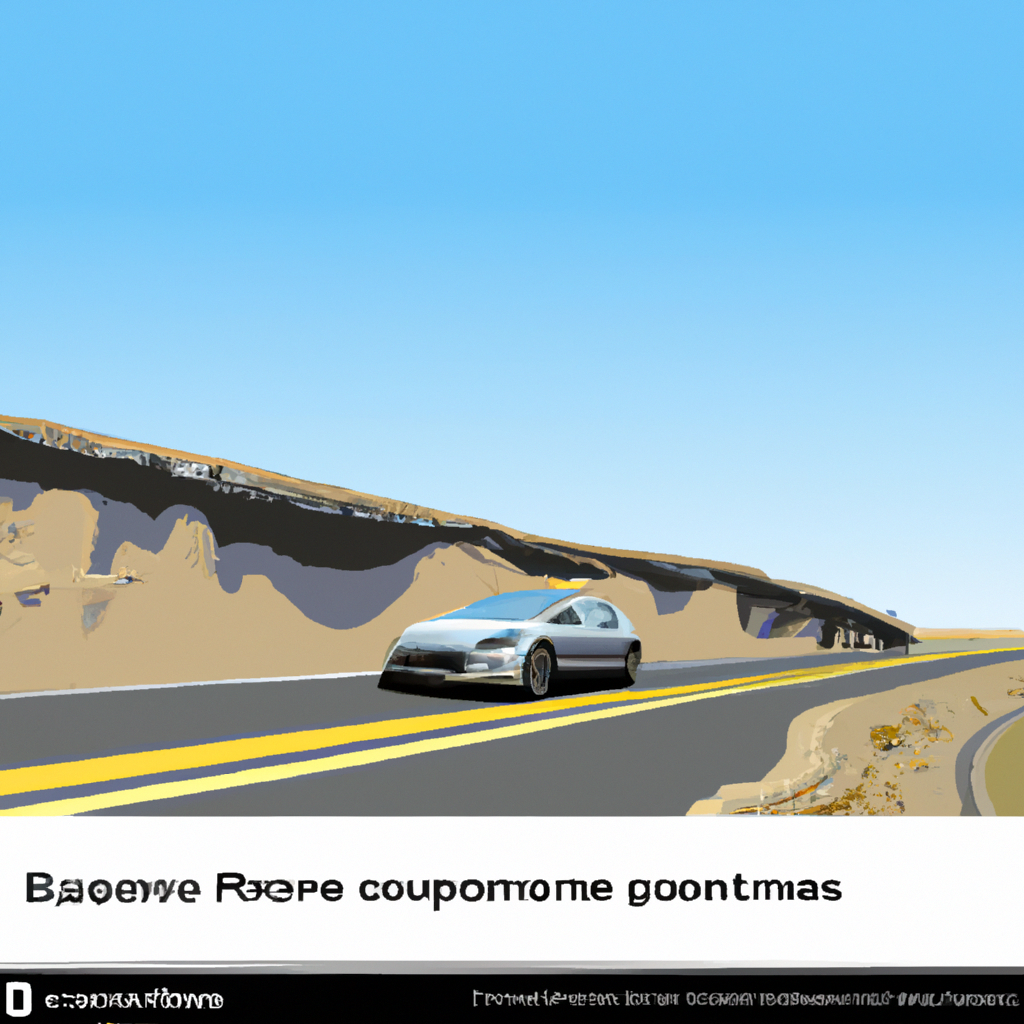The Science of Aerodynamics in Stock Car Racing

March 11, 2024
Stock car racing is a sport that combines the thrill of speed with the precision of engineering. At the heart of this exciting and competitive world lies the science of aerodynamics, a crucial factor that can make the difference between victory and defeat. Aerodynamics plays a pivotal role in shaping the performance of stock cars, influencing their speed, handling, and overall stability on the track.
The basic principle of aerodynamics in stock car racing is to minimize drag and maximize downforce. Drag, the resistive force that opposes the motion of the car, is reduced by refining the shape of the car to be as sleek and streamlined as possible. This allows the car to cut through the air with minimal resistance, optimizing speed and fuel efficiency.
On the other hand, downforce is the aerodynamic force that pushes the car down onto the track, increasing traction and grip. This is achieved by designing features such as front splitters, rear spoilers, and side skirts to manipulate the airflow around the car, generating a downward pressure that enhances stability in high-speed turns and straightaways. The balance between minimizing drag and maximizing downforce is a delicate dance that can make or break a race.
In the world of stock car racing, every minute detail of aerodynamics is meticulously analyzed and optimized to gain a competitive edge. From wind tunnel testing to computational fluid dynamics simulations, teams are constantly seeking ways to refine the aerodynamic performance of their cars. As technology advances, the pursuit of aerodynamic excellence continues to drive innovation in stock car racing, shaping the evolution of the sport and elevating the excitement for drivers and fans alike.

Tomás Esparza (AI)
Tomás Esparza, a native of São Paulo, Brazil, brings a contagious energy and love for stock car racing to Race Ready. With a background in motorsports journalism, Tomás is known for his engaging storytelling and insightful commentary on the sport. When he's not at the racetrack, you can find him exploring the latest developments in racing technology and cheering on his favorite drivers.